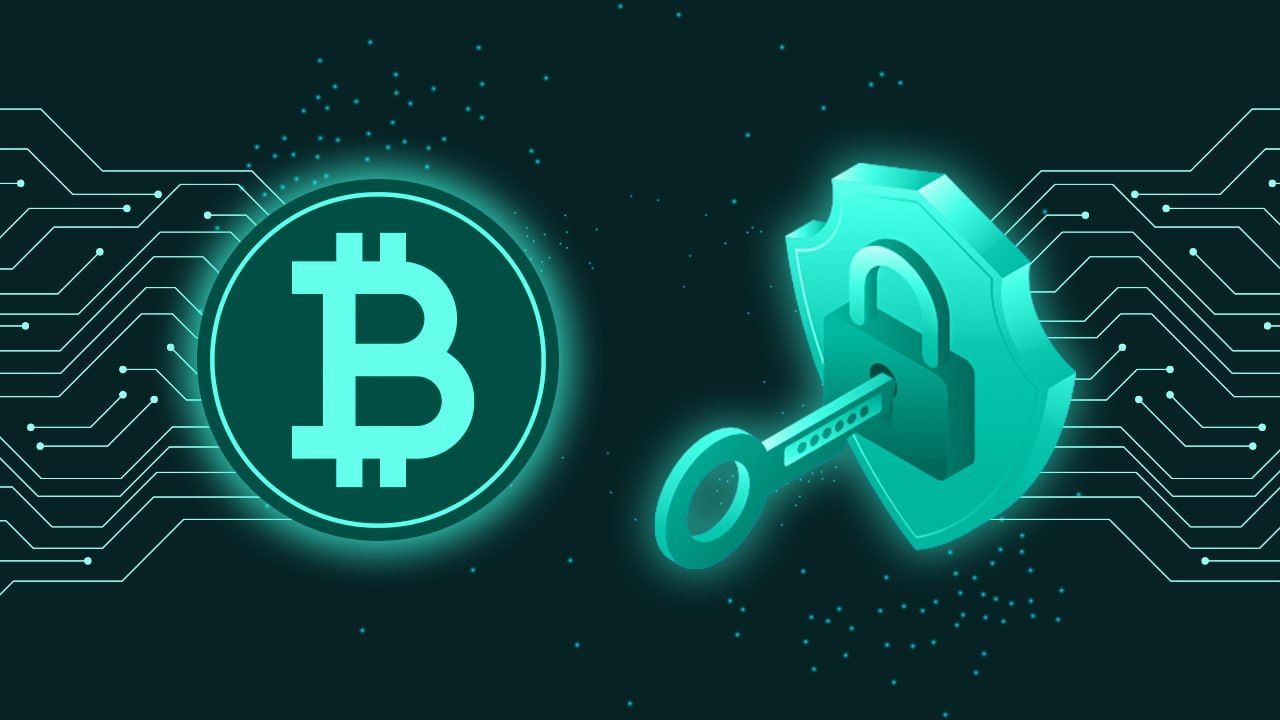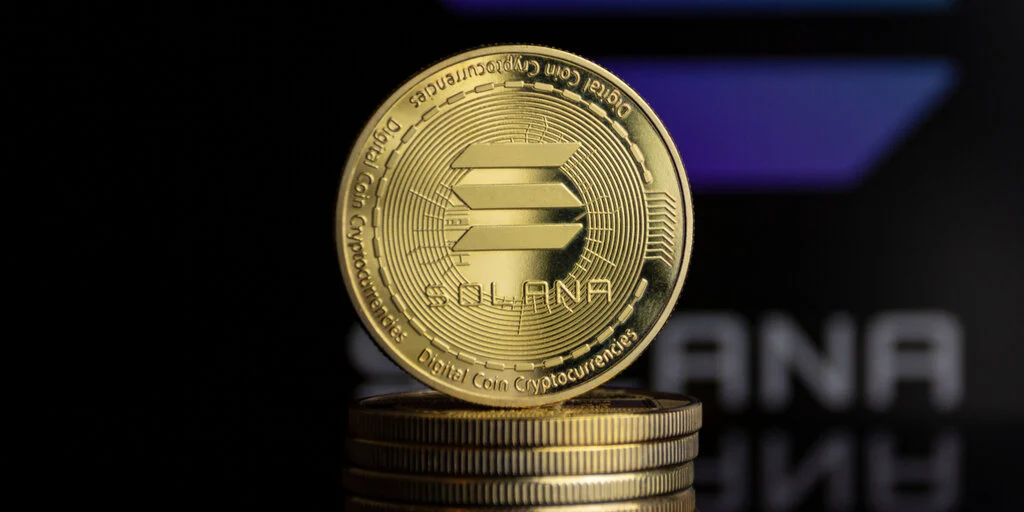The world of cryptocurrency offers exciting opportunities, but it also comes with its own set of risks. Unlike traditional banking systems, you are largely responsible for the security of your digital assets. This can seem daunting for newcomers, but by following a few fundamental security practices, you can significantly reduce your risk of becoming a victim of scams or hacks. This beginner’s checklist will guide you through the essential steps to use crypto safely.
1. Secure Your Wallet(s): The Foundation of Crypto Safety
Your crypto wallet is where your private keys – the digital equivalent of your bank account password – are stored. Compromising your wallet means losing access to your funds.
- Choose Non-Custodial Wallets: Opt for wallets where you control the private keys (non-custodial) rather than leaving your crypto on an exchange (custodial). Popular options include software wallets (desktop or mobile apps) and hardware wallets.
- Back Up Your Seed Phrase (Recovery Phrase): When you set up a non-custodial wallet, you’ll receive a 12-24 word seed phrase. This is the only way to recover your funds if you lose access to your device.
- Write it Down: Never take a photo or store it digitally. Write it down accurately on paper.
- Store it Securely: Keep your seed phrase in a safe, offline location, ideally multiple separate locations.
- Never Share It: Absolutely never share your seed phrase with anyone, for any reason. Legitimate entities will never ask for it.
- Use Strong Passwords: Secure your software wallets with strong, unique passwords. Use a password manager to generate and store complex passwords.
- Enable Two-Factor Authentication (2FA): For any platform that supports it (exchanges, some software wallets), enable 2FA using an authenticator app (like Google Authenticator or Authy) rather than SMS-based 2FA, which is less secure.
2. Be Vigilant Against Phishing and Scams: The Human Element
Scammers are constantly devising new ways to trick users into giving up their private keys or sending them funds.
- Be Skeptical of Unsolicited Messages: Never click on links or download attachments from emails, social media messages, or DMs from unknown senders, even if they claim to be from a legitimate crypto platform.
- Verify Information: Always independently verify information from official sources. If you receive an email claiming an urgent issue with your account, go directly to the platform’s website (type the URL yourself) instead of clicking the link in the email.
- Beware of “Too Good to Be True” Offers: Be extremely cautious of promises of guaranteed high returns, free crypto giveaways, or urgent investment opportunities. These are often red flags for scams.
- Recognize Common Scam Tactics: Familiarize yourself with common crypto scams, such as fake exchanges, pump-and-dump schemes, romance scams involving crypto, and impersonation scams.
- Double-Check Wallet Addresses: When sending cryptocurrency, always double-check the recipient’s wallet address before you send. Even a single incorrect character will result in permanent loss of funds. Consider sending a small test transaction first for large amounts.
3. Secure Your Devices and Internet Connection:
Your digital environment plays a crucial role in your crypto security.
- Use Strong Device Passwords/Biometrics: Secure your computer and mobile devices with strong passwords or biometric authentication (fingerprint, face ID).
- Keep Software Updated: Regularly update your operating system, web browser, antivirus software, and crypto wallet apps to patch security vulnerabilities.
- Install Reputable Antivirus Software: Use a reputable antivirus and anti-malware program and keep it active.
- Be Cautious on Public Wi-Fi: Avoid accessing your crypto wallets or conducting sensitive transactions on public Wi-Fi networks, as they are often less secure. Consider using a VPN (Virtual Private Network) for added security.
- Limit Software Installations: Be mindful of the software and browser extensions you install, as some may contain malware or spyware.
4. Practice Safe Exchange Usage (If You Use Them):
While non-custodial wallets are recommended for long-term storage, you might use exchanges for trading.
- Research Exchanges: Choose reputable and well-established exchanges with a strong security track record.
- Enable 2FA: As mentioned earlier, always enable 2FA on your exchange account using an authenticator app.
- Use Unique Passwords: Don’t reuse passwords across different exchanges or platforms.
- Be Wary of Unusual Activity: Regularly monitor your exchange account for any suspicious activity or unauthorized transactions.
- Withdraw Funds Regularly: Don’t keep large amounts of cryptocurrency on exchanges for extended periods. Once you’ve completed your trades, withdraw your funds to your secure non-custodial wallet.
5. Stay Informed and Educated:
The crypto landscape is constantly evolving, and so are the tactics used by malicious actors.
- Follow Reputable Security Resources: Stay updated on the latest security threats and best practices by following reputable crypto news outlets, security blogs, and official project announcements.
- Be Aware of New Scams: Scammers are always finding new ways to target users. Stay informed about emerging scam tactics.
- Community Awareness: Participate in crypto communities (while remaining cautious about unsolicited advice) to learn from the experiences of others.
Conclusion:
Using cryptocurrency safely is an ongoing process that requires vigilance and proactive measures. By implementing this beginner’s security checklist, you can significantly enhance the security of your digital assets and navigate the crypto world with greater confidence. Remember, in the realm of crypto, your security is largely in your own hands – take it seriously!




 Bitcoin
Bitcoin  Ethereum
Ethereum  Tether
Tether  XRP
XRP  USDC
USDC  Lido Staked Ether
Lido Staked Ether  TRON
TRON  Dogecoin
Dogecoin  Cardano
Cardano